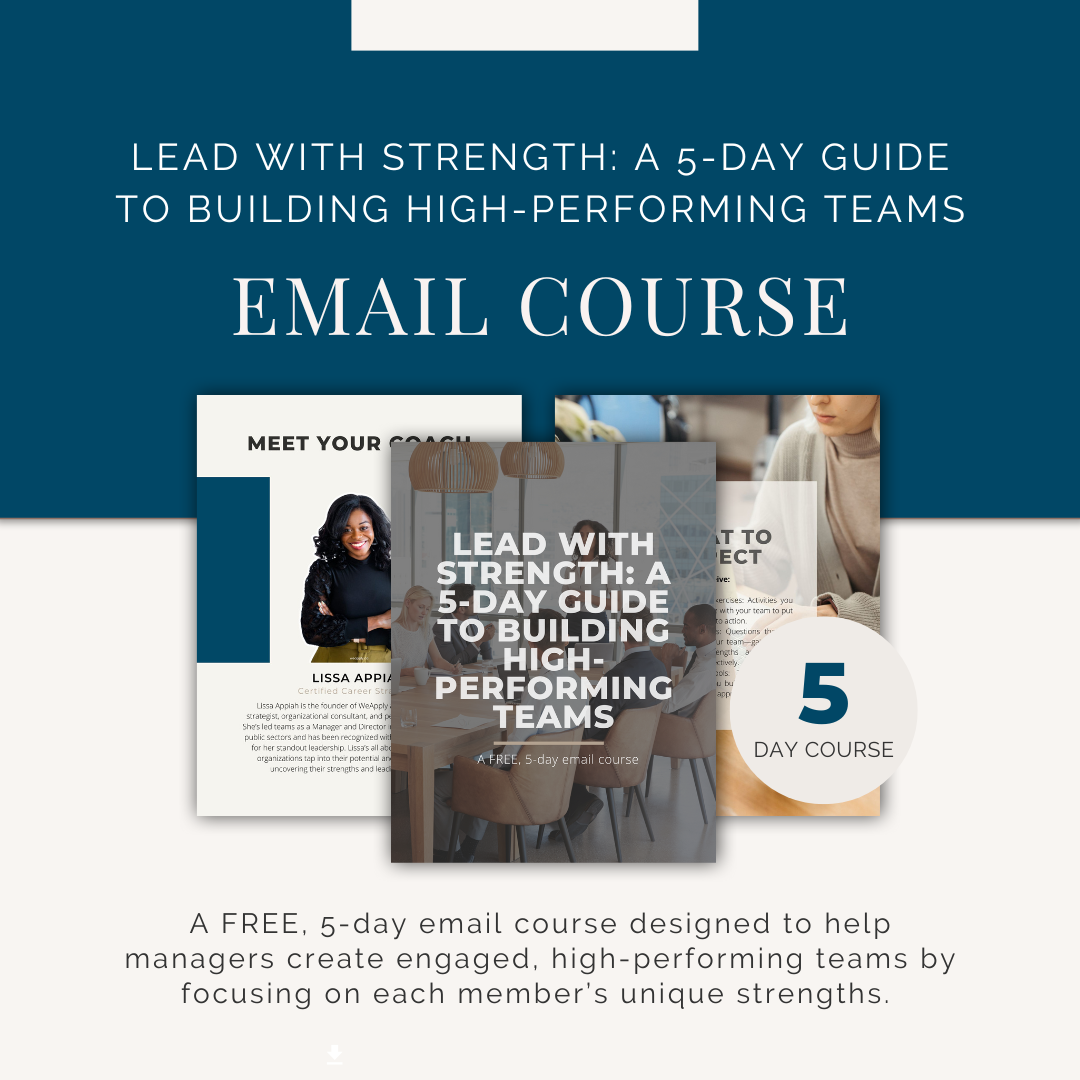When you think about the prospect of a career change, you might feel a bit overwhelmed. However, people change careers all the time. In fact, research shows that the average person changes careers three times during their lives. In fact, 53% of U.S. adults who quit their jobs in 2021 did so in order to make a career change. Changing your career is certainly possible, but if you are still nervous, here are five key steps on how to approach the process when considering a career change.
1. Assess Your Current Situation
Thinking about a career change requires a bit of planning. One of the most useful things that I have found is for people to begin by analyzing their current situation. What are your major skills? What do you have a lot of evidence to support in terms of your accomplishments? What are important skills you have not been able to demonstrate yet?
Answering these questions can help you to get a better sense of where you currently are and some of your strengths. Outlining these things is also important because it allows you to see the full picture rather than just focusing on a few aspects.
2. Describe Your Desired Situation
Now that you have assessed your current situation, the next step is to repeat the same exercise for your idealized work situation. Think about your ideal job. What skills would you need in order to be effective? What are some ideal experiences you have not yet had? Is there any knowledge that you feel you are missing?
There are many other things that you could jot down; however, these questions will give you a start. Essentially, the goal is to create a roadmap of the knowledge, skills, and experiences that are needed for you to excel in your future career. This activity can help you identify the skills you already have and those in need of further growth.
DEFINE YOUR CAREER GOAL
Without an employment goal, you can find yourself spending lots of time applying for random positions that may not align with where you want to be in your career. You need to know what kind of opportunity you want. Do you want something part-time or full-time? What are the types of benefits you want from your job? What industry do you want to work in? What would your ideal job title be? These are all questions that are important to ask before seeking a new role.
CREATE A LIST OF TARGET COMPANIES AND ORGANIZATIONS
Once you have defined your employment goal, the next step is to find companies and organizations that fit your goals. Research the company and current openings in your desired industry. Cross-check your findings and see how they align with your career goal.
3. Identify and Fill the Gaps
When comparing your assessment of your current situation with your desired situation, you should be able to rather easily identify your biggest strengths as well as potential liabilities. Liabilities typically take the form of skills you have not yet learned, the knowledge you don’t have, or skills you haven’t gotten experience using. For example, maybe you feel you have strong supervisory skills but haven’t had the ability to put them to practice.
Here, you want to start filling these gaps. Identify resources that can help you gain the knowledge and skills that you are lacking. Consider how you market yourself. It will be important to let employers know about your transferable skills as well as active steps you’ve taken to prepare for the new career. Track each position you apply for and jot notes on your performance in the interview process, helping you learn as you grow.
TAILOR YOUR MARKETING TOOLS
Based on your job search target, update your resume, cover letter, LinkedIn Profile, and other self-marketing tools. In a recent blog post, we provide further details on how to make your resume stand out. Employers and recruiters will receive hundreds of resumes for an individual job posting. Most employers and recruiters will not take more than a cursory glance at your resume unless it stands out. Tailoring your resume for the role you are applying to will ensure that you are positioning yourself as the best candidate for employers.
TRACK EACH POSITION YOU APPLY FOR
One of the tips we always give candidates is to organize and keep track of their application stage for every position. We recommend doing this because it helps candidates realize where they are with each application. It also helps adjust the approach if the applications are not leading anywhere. Keeping track can be done using something as simple as a spreadsheet, a planner, or even a notebook. Take the time to organize your job search; doing this helps you stay on top of the application process.
4. Nurture Your Network
One of the most important aspects of any career change involves building your network. Your network can serve as an integral resource in several ways. First, you can use your network as mentors to help prepare you for your next career. They can answer questions and help connect you with resources.
However, one of the most important reasons to build your network when considering a career change is for the ability of your networks to help connect you with available opportunities. You will find that a lot of opportunities are uncovered through people referring you to jobs. Your network can even put in a good word for you to help your resume get noticed.
5. Be Consistent
Many people approach the career change process and become a bit disillusioned when they don’t immediately have success. However, the reality is that changing careers can take some time. Be consistent when applying for jobs in your new career and use failed searches as learning processes.
This can help you to continue to improve your ability. Additionally, being consistent in searching and applying for jobs will help increase your odds of eventual success. After all, you can’t change careers if you don’t actively try.
If you are looking to make a career change, you can book a 90-minute Career Strategy Power Session with a Certified Career and Resume Strategist at WeApply.
Click here to learn more about the Power Session.



